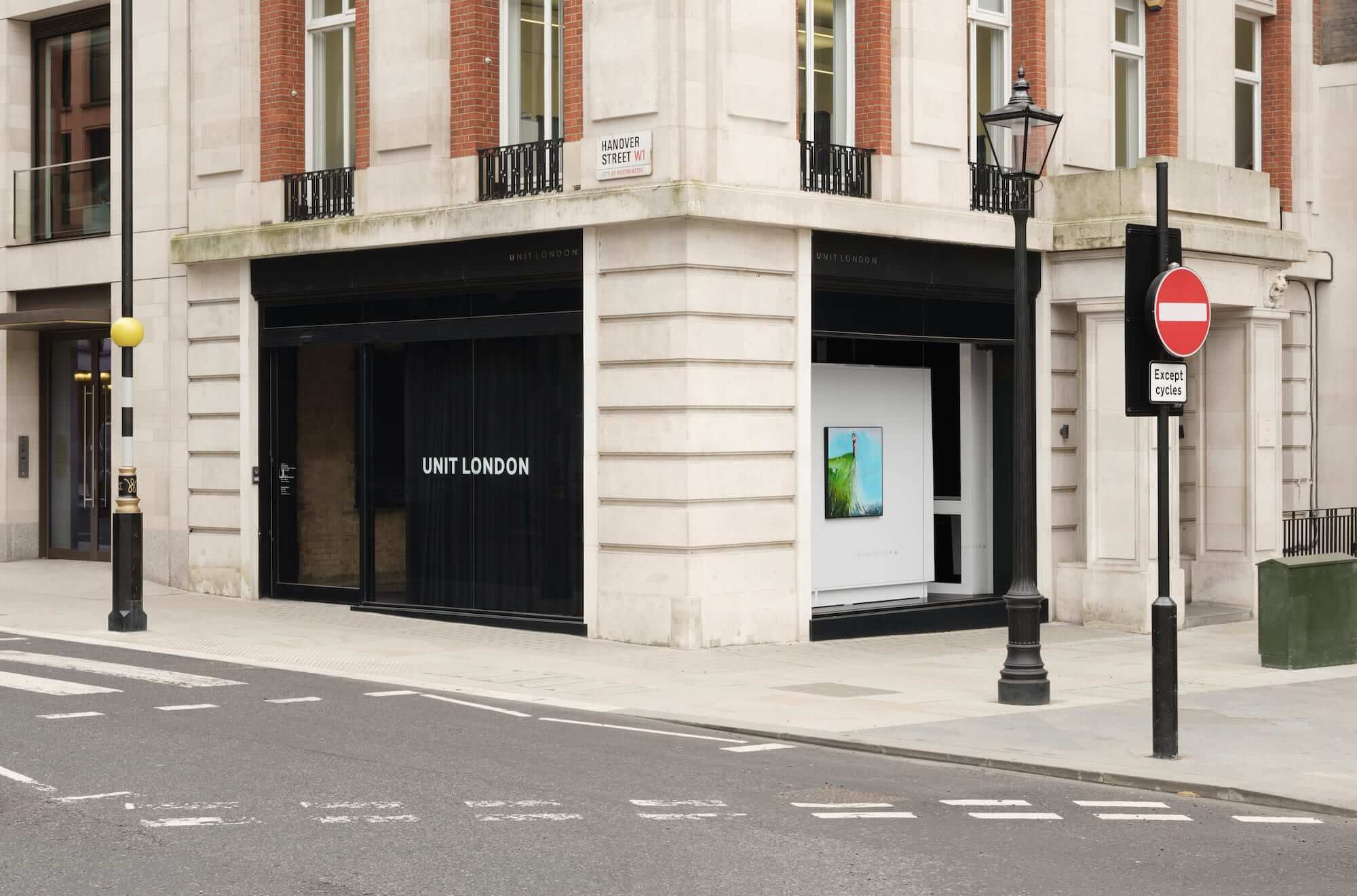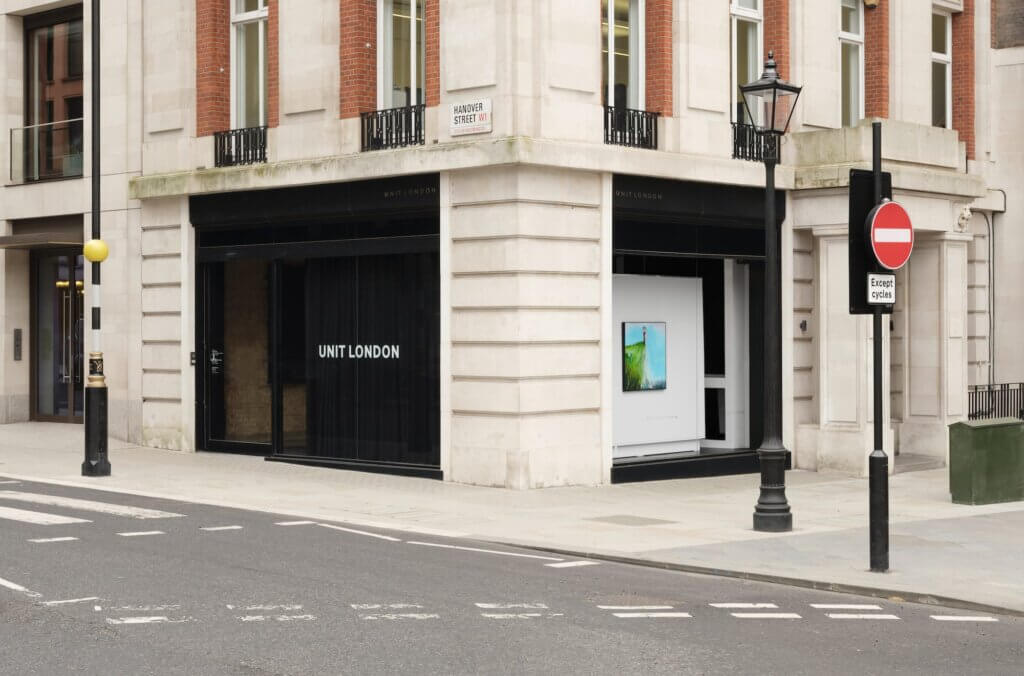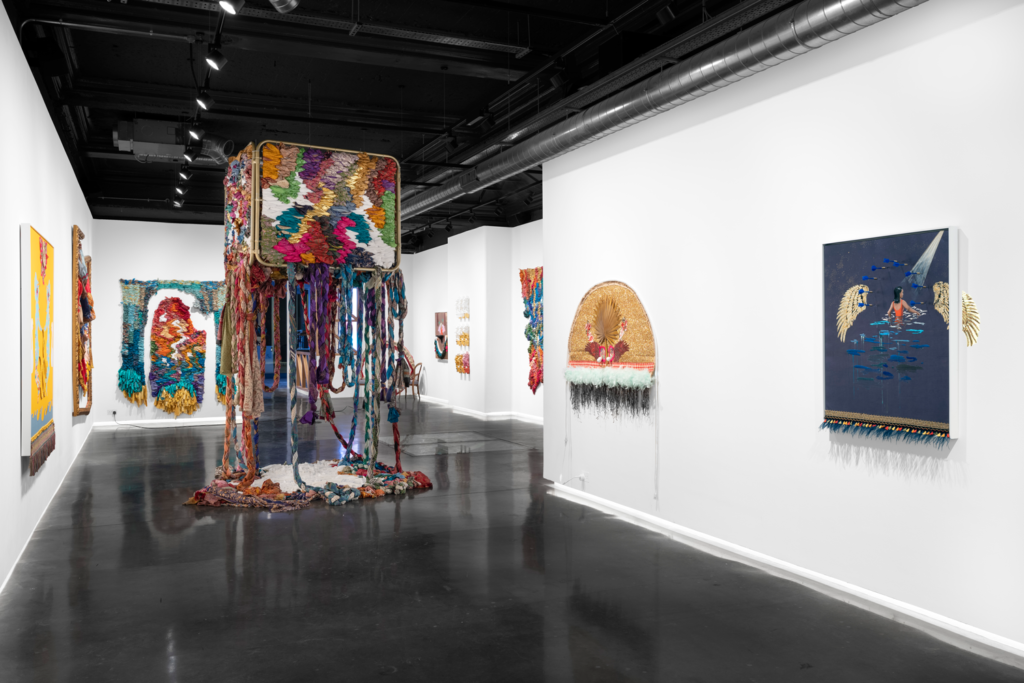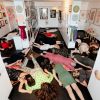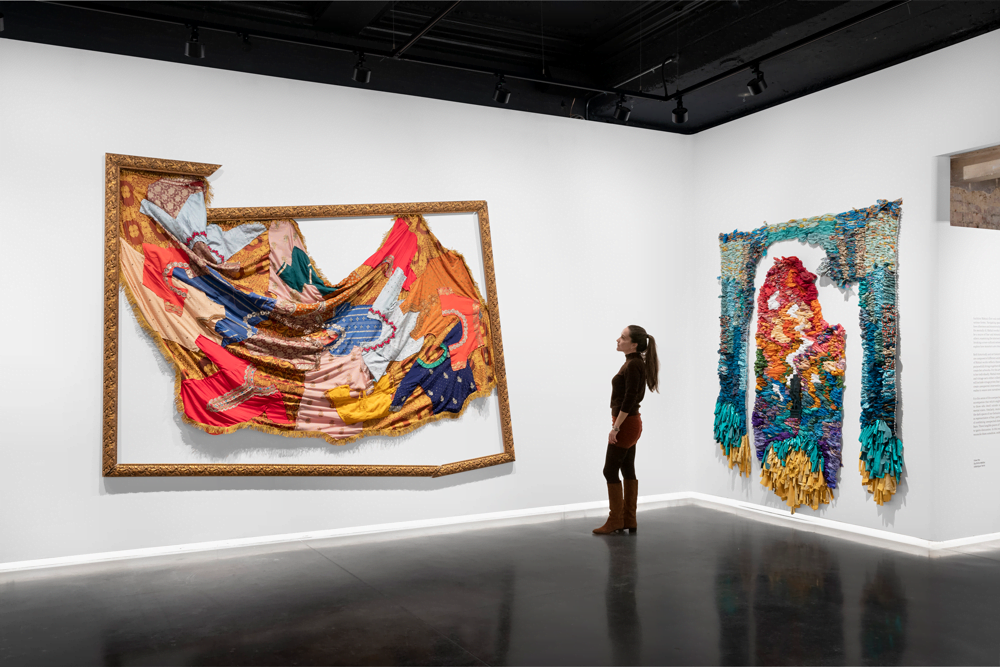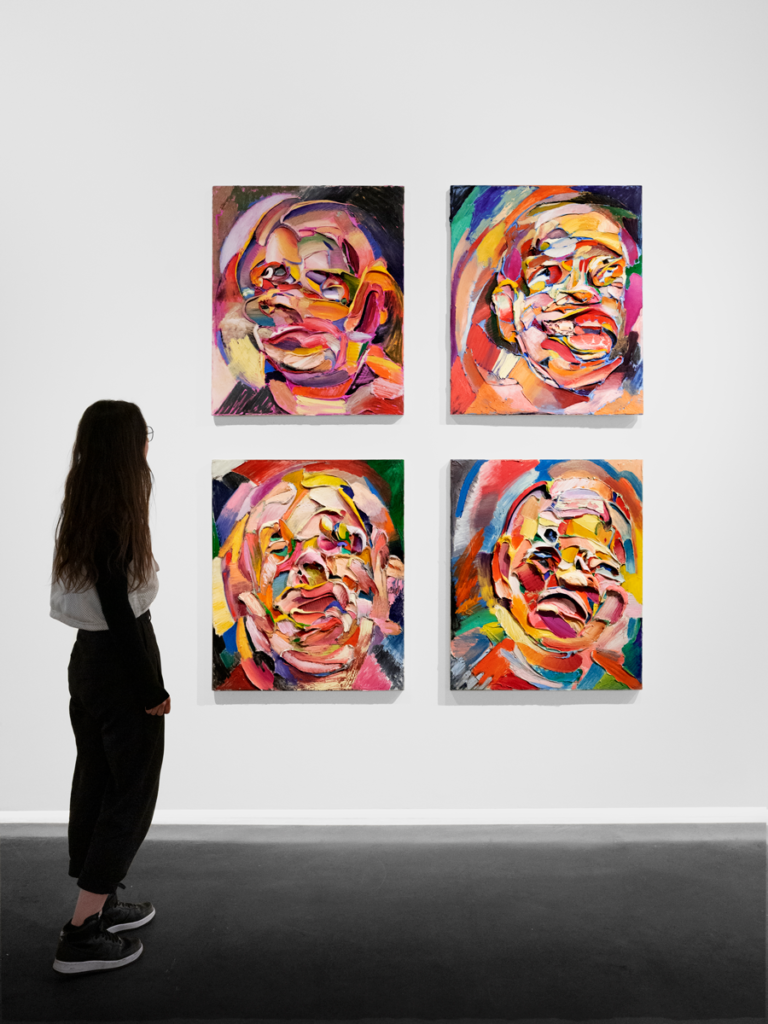The art world can be a daunting prospect for early-career artists, an immense ocean filled with galleries, collectors, and journalists that can pen your reputation in the art connoisseur’s desired publication—influencing collectors and determining what an artist may get from the art market.
Establishing Unit London
It is a world often seen as closed, difficult to reach and hard to navigate. Joe Kennedy and Jonny Burt established the gallery with the mission of supporting the world’s most exciting artists whilst making work accessible to the widest possible audience. They opened their 6,000 sq ft Mayfair space in 2018 and, to date, have presented group and solo shows with artists including Linder, Sthenjwa Luthuli, Suchitra Mattai, Barti Kher, Cydne Jasmin Coleby, Helen Beard, Ryan Hewett, Jake Wood-Evans and Thrush Holmes.
The gallery has worked with curators such as David Anfam (Clyfford Still Museum), Aindrea Emelife (Writer and Curator), Azu Nwagbogu (Founder African Artists’ Foundation) and Fru Tholstrup. Today gallery is a renowned art brand with a reputation for ground-breaking exhibitions from a diverse pool of talented and established artists with the headquarters to match. Located on the corner of Hanover Street in the heart of London. The duo launched the first art world-led platform for NFTs Institut in 2021, with NFTism: No Fear in Trying, curated by Kenny Schachter, a physical exhibition in London and a virtual show on Arium.
Joe and Jonny continue to take gallery from strength to strength with their forward-thinking approach to art, technology, community and experiences. We managed to catch up with the art world innovators to talk about art, NFTs and what’s next for them.
Q: Joe, you co-founded Unit London in 2013 and in 2021 Institut. What would you say is the main way that art has changed over the past decade?
A: Art is reflective of culture. In the last decade there’s been a global generational shift and (speaking for the West) along with it, there’s been a progression in social values that has brought discriminatory systems to scrutiny and enabled marginalised demographics to have a voice. Whilst it’s far from perfect, the art world is a significantly more inclusive, representative place than it was 10 years ago.
Q: What provided the impetus to create Institut, you were an early adopter of NFTs?
A: We built the gallery to celebrate and support gifted artists, irrespective of demographic, status, commercial viability or medium – and alongside that, we’ve always embraced and encouraged change and accessibility. We believe that blockchain will provide digital artists the value mechanic they’ve always needed to give their work the same intrinsic authenticity that a physical object has. In a world where our experience is increasingly modulated by technology, we see an incredibly important role for artists making digital work.
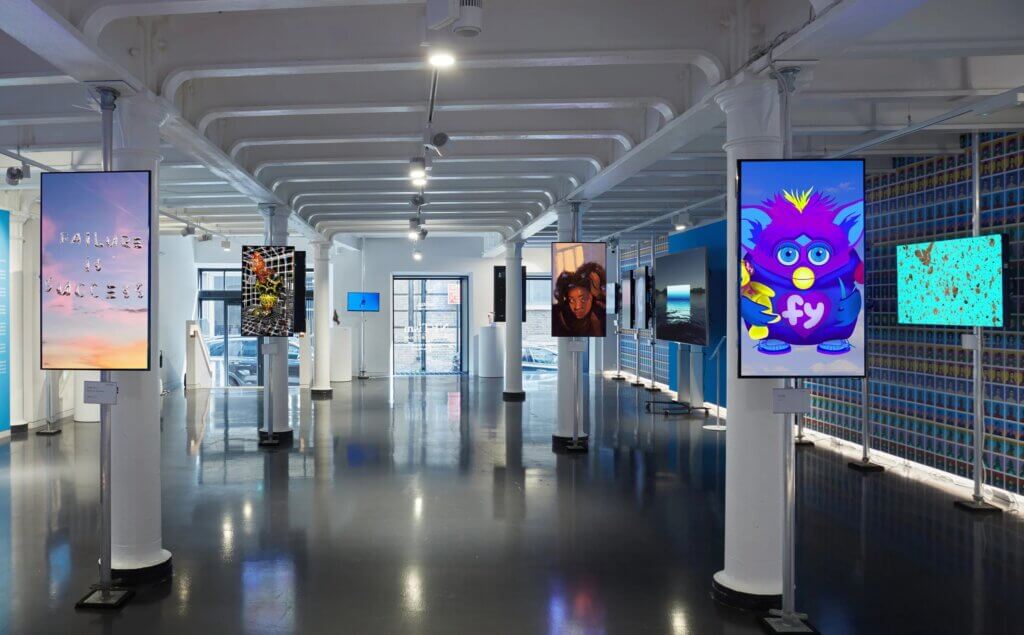
Q: Will Institut do physical art shows and how do you see the world of NFT’s and the physical world merging?
A: Institut launched with a physical exhibition featuring 120 international artists, curated by Kenny Schachter. The show consisted of NFTs in a variety of formats – screen-based, holographic and sculptural works.
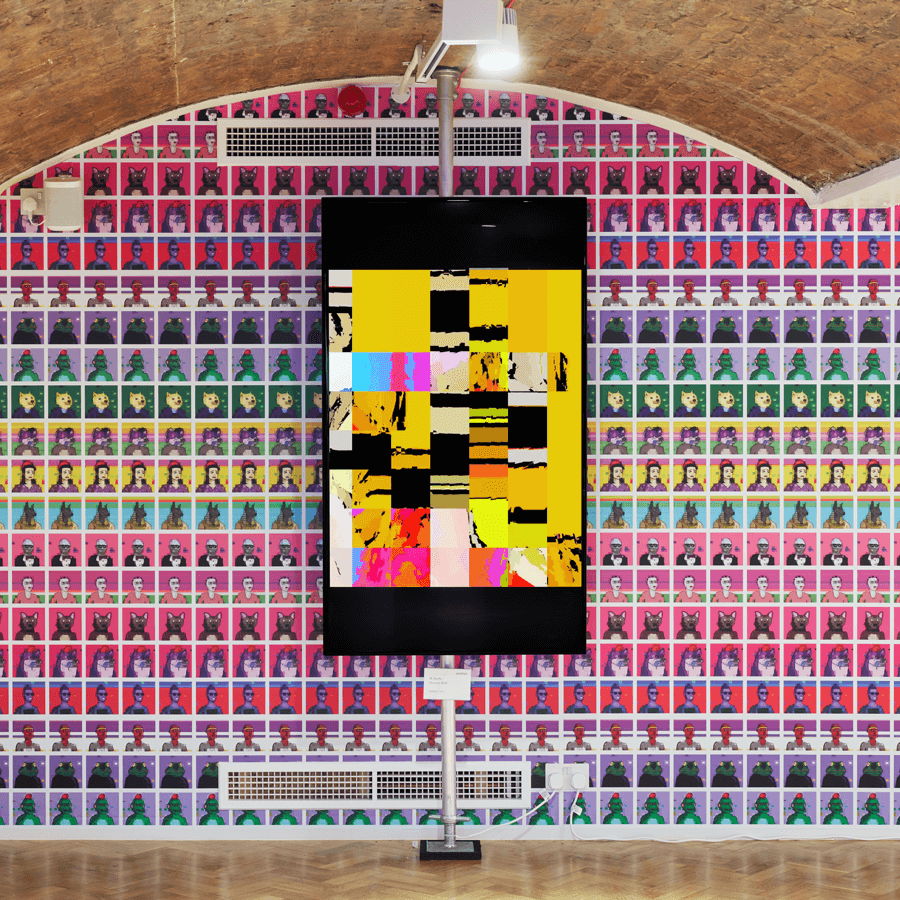
We firmly believe in bringing digital experiences into physical settings and we have since staged 3 more exhibitions of NFTs in London, Lisbon and Dubai. This year we are planning a major physical exhibition during Frieze that explores the relationship between intelligent technology and humanity.
Q: You already have a very successful physical gallery and edition business called Unit Drops in Mayfair, to what extent did the artists from Unit get involved in Institut?
A: There is some crossover – for instance, IX Shells and Tyler Hobbs have representation across both Unit and Institut – but Institut is predominantly focused on identifying and giving context to artists who are native to digital / crypto art. We are firmly focused on nurturing the digital artists that will be truly generation-defining.
Q: What opportunities do you see for artists working in the NFT space?
A: There are limitless possibilities – the conceptual space is particularly interesting – and I think the opportunity for artists to create meaningful relationships with their collectors over time through NFTs is an very exciting one.
Q: In a world moving increasingly to the digital and towards notions of gameification and communities online, what do you feel the role of the physical gallery is?
A: The role of the gallery is always changing, but the physical space only becomes more important as we interface with screens more.
Q: What’s in your wallet?
A: The last NFT I purchased was a Generascope work by Jason Seife. I have my eyes on an IX Shells work but I’ll need to work a bit harder before I can afford one!
Q: What’s are you most excited about for the future?
A: Accessibility, transparency, innovation, change!
Q: How do NFTs differ from physical art as an asset class?
A: They are governed by a transparent, public ledger of transactions – which makes them slightly different to physical art assets, which tends to be sold privately and with discretion.
Q: If you could work with any artist who would it be and why?
A: Very hard to choose one – but maybe Olafur Eliasson for the scale of his ambition and his ongoing work on earth and climate education.
Q: What’s next?
A: At Unit London we have an incredible medley of exhibitions including debut London solo exhibitions for Kristof Santy and Stacey Gillian Abe – and a major exhibition during Frieze that surveys the ascendant phenomenon of censorship in art and media. At Institut, we are planning a major physical, immersive NFT exhibition across multiple sites that features a star-studded lineup of the most renowned generative artists in the NFT space. Not to be missed!
Learn more about Institut
©2022 Unit London


